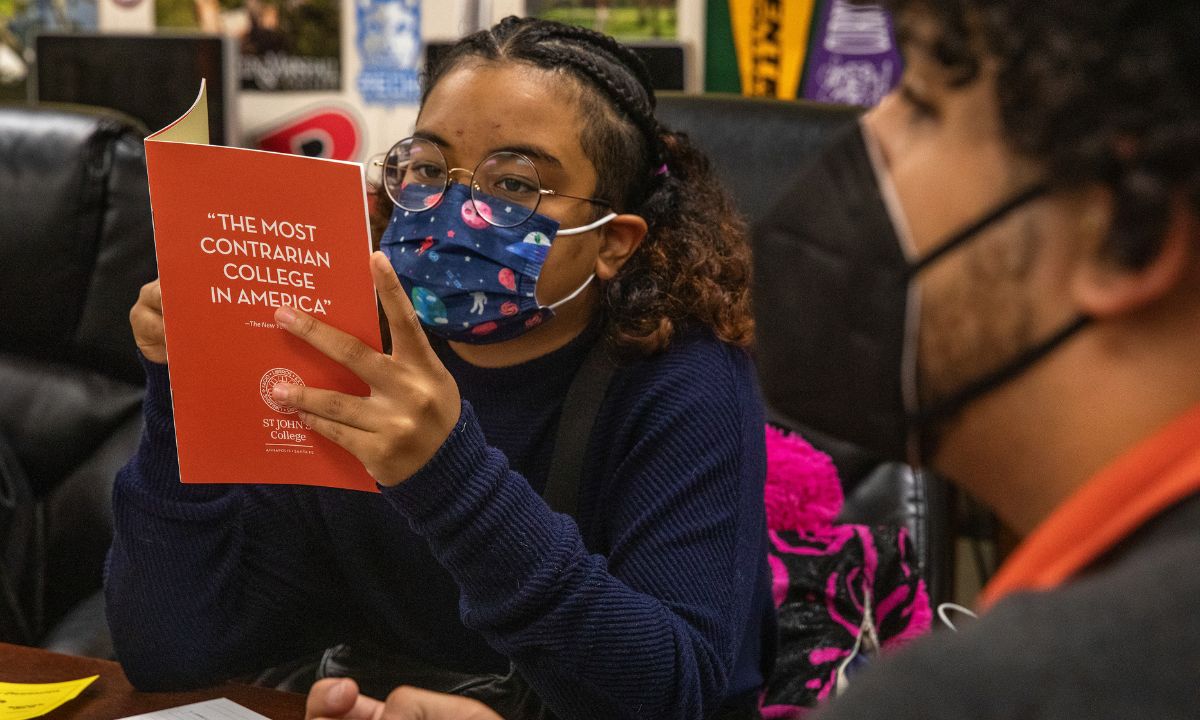The state of American higher education is in crisis. The value of four-year degrees has significantly decreased, and while many young persons wish to obtain a bachelor’s degree, many others are reluctant to consider attending college. Campus culture battles, a changing labor market, persistent underemployment after graduation, and the 5 million student loan debtors in default are some of the causes of this. The issue is made much more complex by the fact that artificial intelligence is expected to have a significant impact; forecasts range from modest changes in the occupations that Americans perform to a complete reimagining of what employment is. The time for action is now, as college enrollment remains below pre-pandemic levels and universities prepare for a further 15% decline by 2039 due to a demographic cliff caused by dropping birth rates since the Great Recession.
Stakeholders, including state lawmakers and college administrators, must move quickly and pragmatically to buck the trend. For this to happen, the following four changes are essential:
First, college must be framed as a financial investment by high school college counselors and university admissions teams. Women are overrepresented in the lowest-paying majors, while males nationwide name the cost of attending college as a primary deterrent. This suggests that the idea of college as a more social than academic pursuit should be abandoned. College visits and marketing materials still frequently highlight things like sorority rushes, niche interest organizations, sports teams and events, or a school’s geographic location, despite growing anxiety over crushing student loan debt. Two times as many American first-year students live on campus as their Canadian counterparts, which can be explained by these non-academic factors that influence college spending and choice.
Aligning advanced skills with industry demands, including anticipated trends, is the college’s primary value offering. For example, it is anticipated that the need for data scientists would rise by 36% between 2023 and 2033, which is significantly faster than the average rate of job growth. In order to make sure that students and their families understand the range of occupations, trades, and the earning potential of different college degrees, college advisers must do the math.
Second, increasing high school students’ access to college credit must be a top goal for state lawmakers. It’s like starting at first base rather than home plate when you go into college with some credits already earned. States can take a cue from Ohio’s CollegeCredit Plus program, which provides financial aid to eligible high school students to help them earn college credits.
Advanced Placement courses, the credit-by-testing College Level Examination Program, and early college and dual-enrollment programs are all free or reasonably priced for districts and schools to use in the interim. They can reduce the cost of tuition, improve students’ confidence that they can succeed in college, raise graduation rates, and cut the time it takes to graduate by a semester, a year, or more. For instance, a typical university degree in England takes three years to complete, with an 80% graduation rate; in the United States, a degree takes four years or longer, with a 50% graduation rate; and 15% of Americans aged 25 and older have some college education but no degree at all.
Third, in order to boost graduation rates, deans and college administrators ought to leverage the latest developments in artificial intelligence. Predictive analytics and artificial intelligence were utilized by John Jay College in 2016 to identify seniors who might not graduate. During the two-year experiment, the program added 600 graduates and increased completion rates by 34%. Numerous City University of New York campuses currently employ AI predictive modeling, which has significantly raised graduation rates at public universities like Georgia State University. Everyone gains when more seniors graduate from college on time, thus it is crucial to use this technology to identify and follow up with vulnerable students.
Fourth, the truth that not everyone needs or wants to attend college must be accepted by education policymakers nationwide. Although those who obtain a bachelor’s degree certainly benefit much from it, there are alternative postsecondary routes to rewarding, well-paying careers. For instance, dental hygienists receive training at a community college and make a median salary of $94,260 annually, while electricians, who enter their field through apprenticeships or technical schools, make a median salary of $62,350 annually, more than $10,000 more than the national average for all workers.
College is not summer camp; rather, it is an investment in the individual and collective destiny of Americans. While engaging curriculum and thrilling social adventures certainly contribute to unforgettable undergraduate experiences. Now is the moment for legislators, high school counselors, and university administrators to adapt to the new realities of decreased enrollment by implementing these necessary changes.











